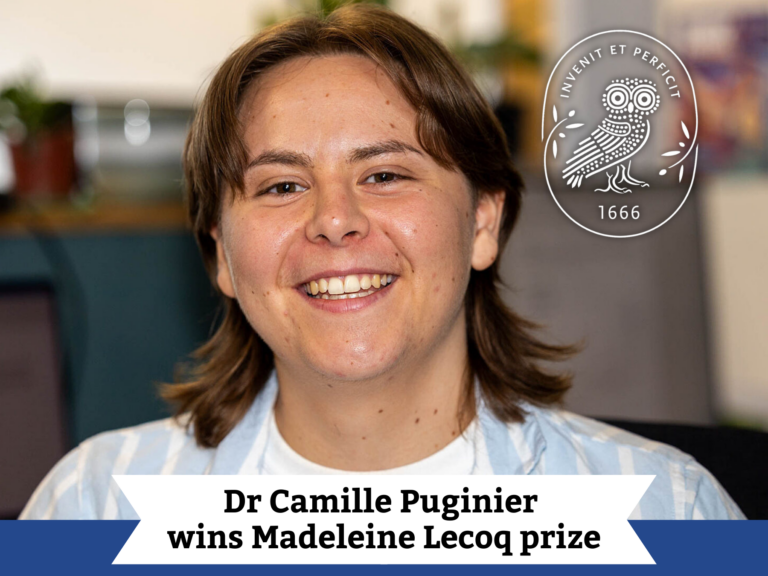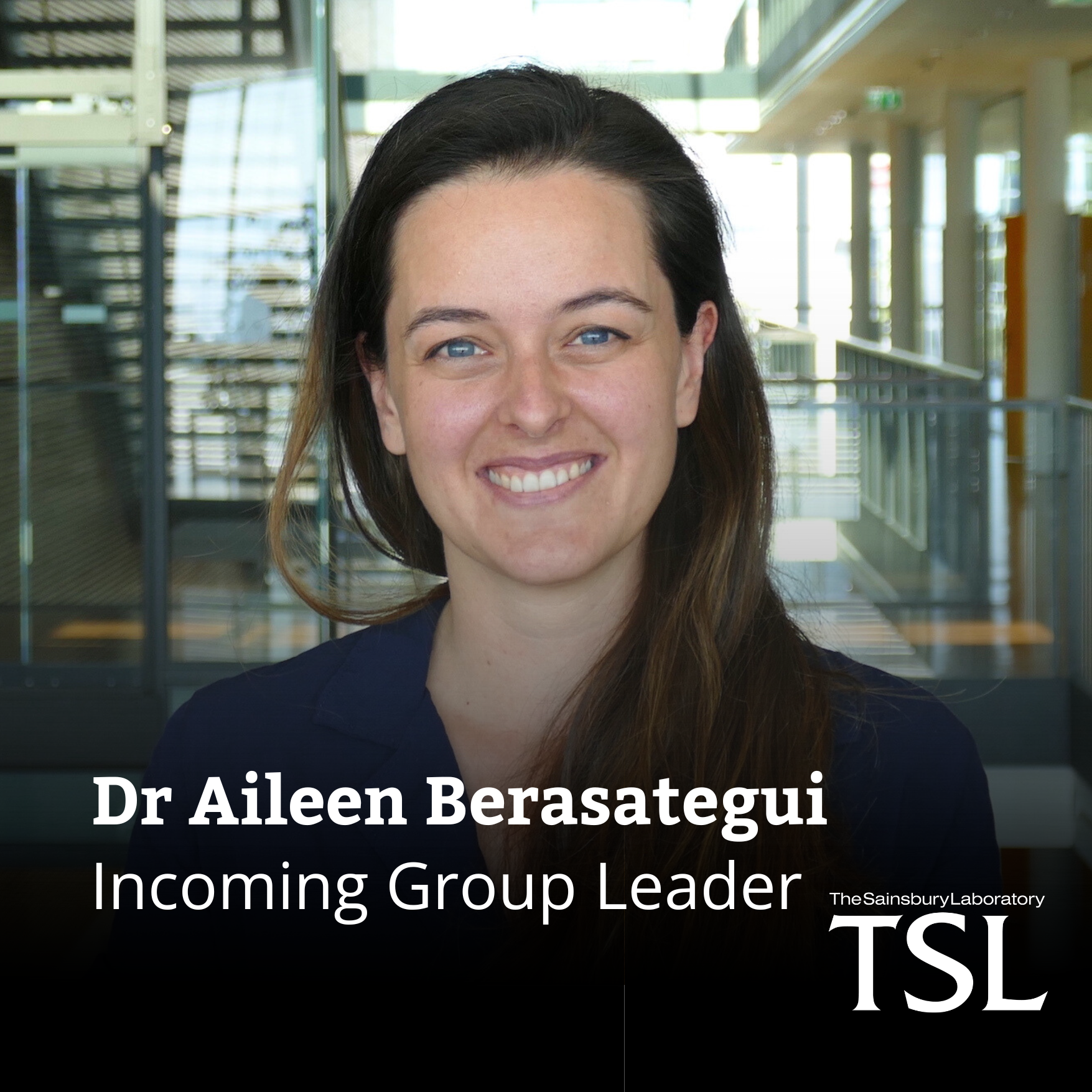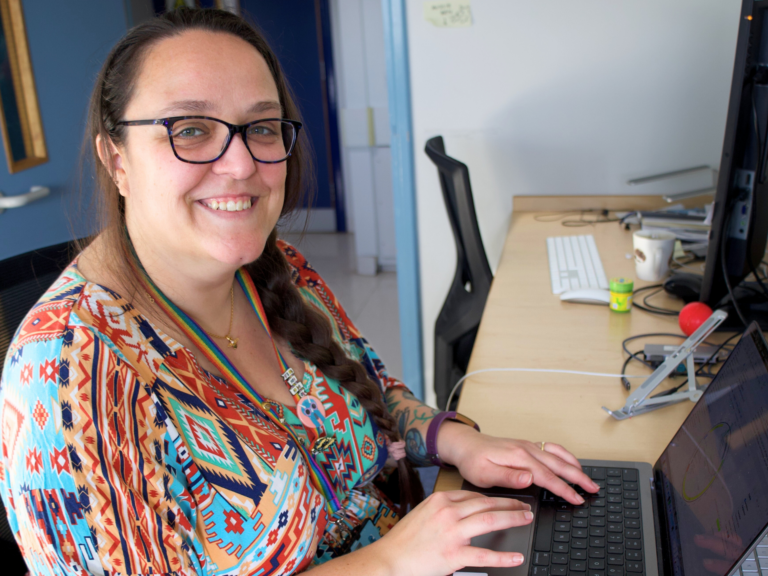Plant Transformation at TSL
We sat down with Matthew Smoker and Jodie Taylor to find out what The Sainsbury Laboratory’s Plant Transformation team do and why they do it.
“We transform all different species of plants, from model plants such as Arabidopsis thaliana and Nicotiana species, all the way through to crops including; barley, tomato, potato and brassicas.
The scientists in the Sainsbury Laboratory are primarily interested in the biological interactions between plants and pathogens, but also in being able to develop useful technologies in crop plants. The methods are different for transforming different plant species, but the basic principle is the same.
Transforming is essentially the process of introducing novel genes into a plant. The introduced gene could have come from closely or distantly related species, or indeed different genes introduced at the same time with completely different origins.
The idea is that you add a gene that conveys some kind of advantage to the plant you are adding it to. For example, you might add a gene that confers resistance to a particular disease, so that the transgenic plant, formerly susceptible, becomes resistant to that disease through ‘transformation’.
The Sainsbury Laboratory scientists then test whether that gene has been successfully added by conducting a PCR, which will show additional amplified gene(s) or by looking for a specific phenotype, dependent upon the successful expression of the additional gene.
The process is quite a simple one.
First, a scientist will come to us with their construct, which contains their gene(s). We will then set-up a culture in Agrobacterium tumefaciens and grow that up over 24-48 hours, depending on the species being transformed. We usually have stocks of plants growing all the time ready to either transform directly, as for Arabidopsis thaliana or to harvest plant tissues for other species.
The transformation experiment, where we introduce the novel gene, is usually not that prolonged, perhaps just two or three days. It is the subsequent culturing, either in tissue culture or in maintaining plants in the greenhouse, which takes the time.
The length of time it takes to produce transgenic plants depends on the species; Arabidopsis thaliana takes about eight weeks, but it takes about four months to produce transgenic tomatoes. Barley transformation is a standard protocol, taking 12 weeks from the initial transformation through to having a plant you can then test.
In nature, plants use genes to protect themselves from disease. These have been selected over millions of years to give those plants that protection. It makes entirely natural sense to use genes in crops to provide this protection. Farming based on genetics, is a much more sustainable and sensible way to proceed, than a farming future based solely on applied chemicals.”
So, did you both grow up wanting to work on plant transformation?
Matthew – “I have always loved plants and been interested in plants. As a child I had a vegetable garden and enjoyed looking after that and growing up cuttings of all different types of house plants. I took that interest into my studies and went on to do botany at university.
I always had an interest in genetic engineering in plants, so as funny as it sounds, I always felt like I wanted to get into it. My first job was then working on engineering resistance to cyst nematode in potato, where I was involved in lots of the initial work to look at what genes might work and would warrant further study.
An opportunity then came up to move to The Sainsbury Laboratory to work with Professor Jonathan Jones as his Research Assistant, mostly looking after his transgenics. That then later developed into a facility that expanded across the department.”
Jodie – “For me it was slightly different. I didn’t really become too interested in plants until I went to university, where I found I really enjoyed plant biology, so I made that my speciality.
I managed to get a summer job here at The Sainsbury Laboratory, where initially I was sieving seeds. I did that all summer and it was pretty boring, but despite this I wanted to come back the next summer, by which time I was able to do a few things in the lab and it just grew from there. Once I finished my degree, I came back full-time as a Research Assistant which I did for five years, before this opportunity came up in Tissue Culture.
I couldn’t say that I definitely wanted to be a plant scientist as a child, but I kept finding different things which I enjoyed so followed the paths that were interesting to me, and here I am.
We actually have an opportunity coming up in our Plant Transformation team at the end of this year. It will be advertised shortly so come and see us or contact us if you are interested to be part of our team supporting all the research groups in the Sainsbury Laboratory.”


